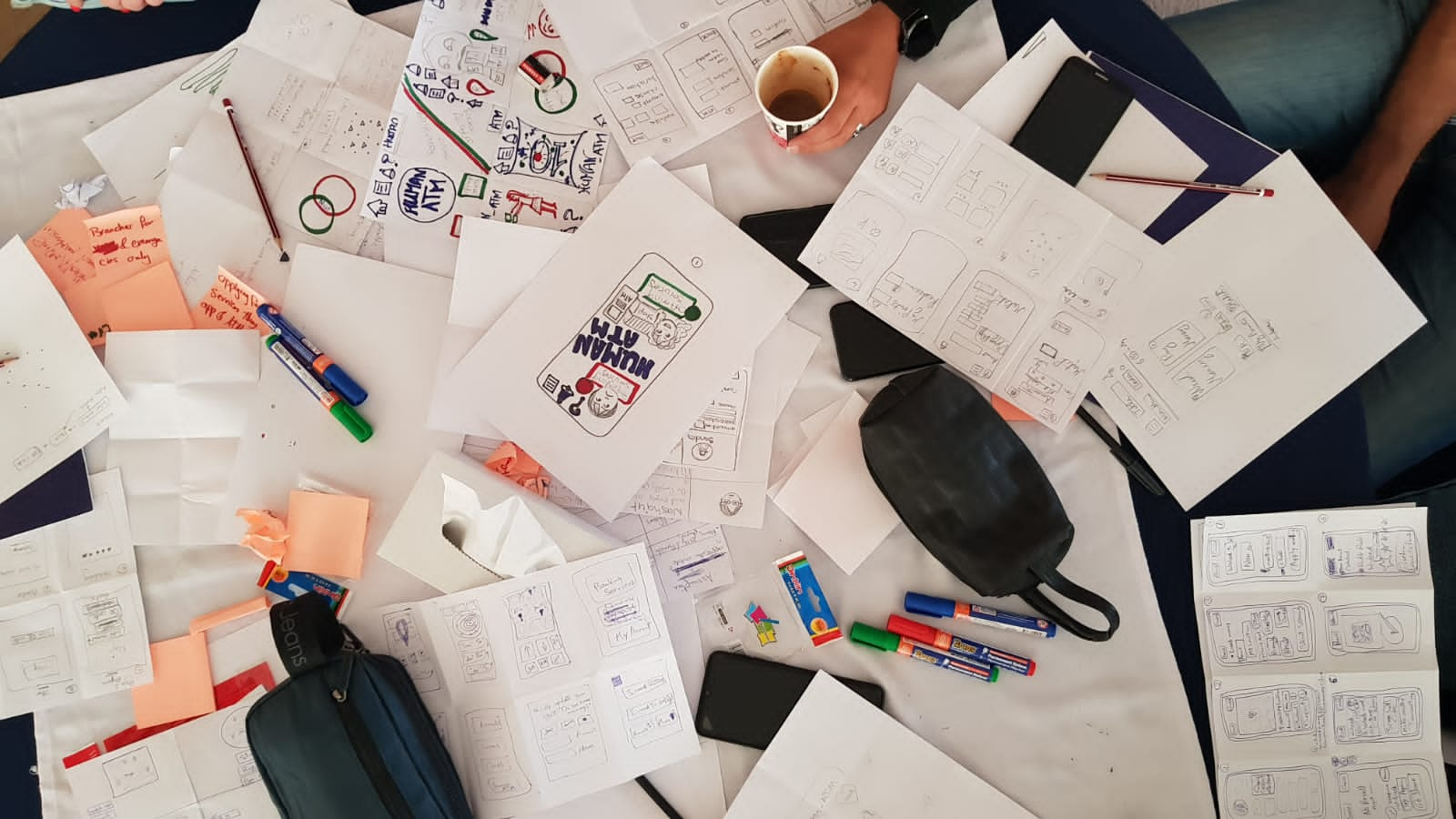Design thinking has gained significant traction across industries, with organizations embracing it as a strategic tool for fostering innovation and tackling complex challenges. From technology giants to healthcare providers, businesses are incorporating it into their processes to create meaningful products, services, and experiences. It can find application in diverse areas, including product development, service design, process improvement, and customer experience enhancement.
There is, of course, a debate surrounding design thinking and whether it’s useful or not. To get a better idea of that discussion, you might need to read our article on the foundation of Design Thinking, where we looked at the opinions of opponents and proponents, and proceeded to define the discipline and describe its processes. We also analyzed the activities of many of design thinkers, who have only taken the most superficial aspects of the method and—as a result—continue to give real Design Thinking a bad name. This might be the phenomenon that resulted in videos like Natasha Jen’s criticizing something that… isn’t really design thinking.
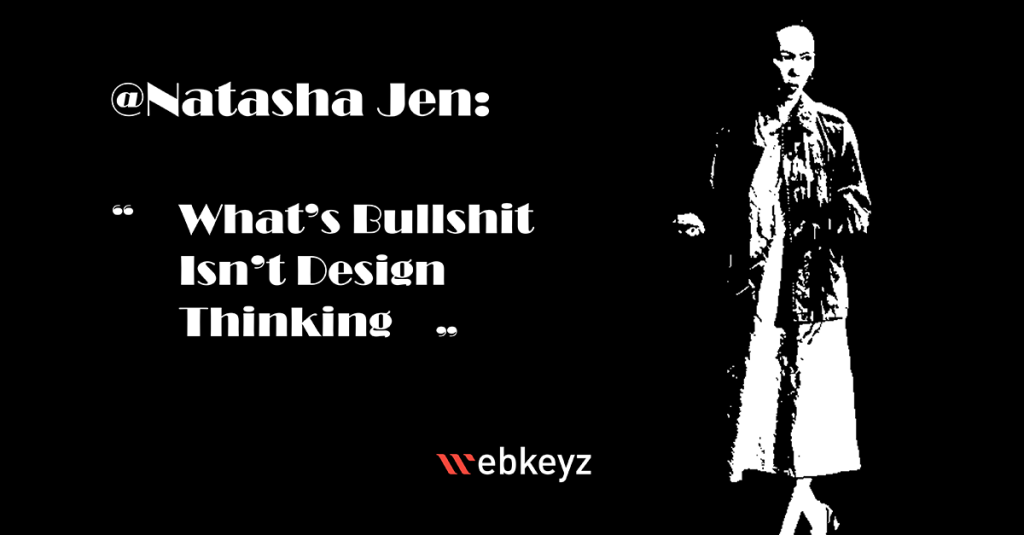
So the question you’re probably wondering:
Does Design Thinking Really Work?
The short answer is: Yes… But when?

Design Thinking works when it’s used for its original purpose
So what was its original purpose? What was it created for?
Good Question.
There is a debate surrounding design thinking and whether it’s useful or not…
Design thinking emerged to solve highly complex problems with multiple interdependent factors that don’t have a definite solution. The design community call these “wicked problems”.
Horst W.J. Rittel and Melvin M. Webber, professors of design and urban planning at the University of California at Berkeley, coined the term “wicked problem” in a paper in 1973. They described ten characteristics that characterize a wicked problem:
- There is no definitive formula for a wicked problem.
- Wicked problems have no stopping rule—there’s no way to know whether your solution is final.
- Solutions to wicked problems are not true or false (right or wrong); they can only be good or bad.
- You cannot immediately test a solution to a wicked problem.
- Every solution to a wicked problem is a “one-shot operation” because there is no opportunity to learn by trial and error—every attempt counts significantly.
- Wicked problems do not have a set number of potential solutions.
- Every wicked problem is essentially unique.
- Every wicked problem can be considered a symptom of another problem.
- There is always more than one explanation for a wicked problem because the explanations vary greatly depending on the individual’s perspective.
- The planner/designer has no right to be wrong and must be fully responsible for their actions.
Design thinking solves complex problems with multiple interdependent factors that don’t have a definite solution. The design community call these “wicked problems”.
If a problem exhibits these criteria it is a wicked problem, and design thinking would be an effective approach to tackle it.

Design thinking works when it’s used in Business Innovation
Design thinking works in innovation because it provides a structured and systematic approach to problem-solving that encourages creativity, collaboration, and user-centricity. It offers a framework for understanding complex problems, exploring diverse perspectives, and developing innovative solutions that address users’ needs effectively. You’ll always find a strong association with innovation.
Some of the reasons design thinking fosters impactful innovation are:
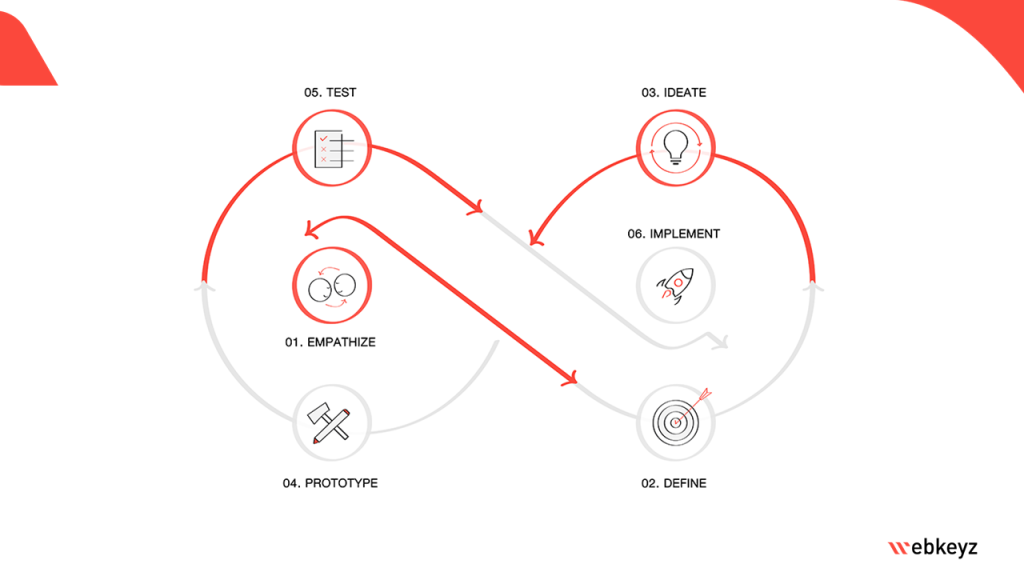
- It’s a Human-Centered Approach: Design thinking starts with an understanding of users, placing their needs, desires, and experiences at the forefront. By empathizing with users, it uncovers deeper insights and ensures that solutions are tailored address real problems faced by the target audience, meet their needs, and truly add value.
There must be numerous examples of how Design Thinking helped organizations achieve their objectives.
Answer: Yes, there are.
- It Is Iterative, Experimental Problem-Solving: Its iterative nature allows for continuous refinement and improvement. Through prototyping, testing, and refining, solutions can be validated, and necessary adjustments can be made based on user feedback, leading to more effective outcomes. It requires a culture of experimentation that isn’t afraid to take risks and acknowledges failure in specific endeavors as a natural and valuable outcome.
- It Requires Collaboration and Diverse Perspectives: Design thinking by nature encourages cross-disciplinary collaboration, bringing together individuals with different backgrounds, expertise, and perspectives. This diversity of perspectives and expertise challenges mindsets and boundaries, fostering innovative thinking and enabling teams to approach challenges from multiple angles to arrive at novel solutions.
- Overcoming Biases and Challenging the Status Quo: Design thinking has proven effective in challenging biases and the status quo. By consciously engaging in the process of empathizing with users, practitioners can uncover unconscious biases and assumptions. This awareness allows them to challenge their own preconceived notions, question existing norms, and develop solutions that are more inclusive and equitable.
- It Involves Extreme Creativity and Risk-Taking: Design thinking creates a safe space for creative exploration, encouraging teams to think beyond conventional boundaries. By suspending judgment during ideation, aiming for quantity rather than quality, and creating structures that force participants’ minds to generate unorthodox ideas, they are more likely to generate novel ideas and explore innovative solutions.
Design thinking works in innovation because it provides a structured and systematic approach to problem-solving that encourages creativity, collaboration, and user-centricity.

Design thinking—by the nature of its activity—breeds the requirements of innovation and therefore promotes its emergence.
Who Says Design Thinking Works??
Several studies and research articles provide evidence of its effectiveness in driving impactful innovation.
- An article by the Harvard Business Review titled “Why Design Thinking Works” highlights research studies that demonstrate its positive impact on business performance, customer satisfaction, and employee engagement.
- A study conducted by the Design Management Institute (DMI) found that design-led companies outperformed their competitors in the S&P 500 index by a significant margin over a ten-year period.
- A report by McKinsey & Company suggests that organizations that embrace design thinking and employ design principles outperform their peers in revenue growth and shareholder returns.
These studies—and many others—support the fact that design thinking, when conducted correctly, leads to impactful innovation and tangible business outcomes.
How Has Design Thinking Helped Organizations??
If it’s as effective as the evidence suggests, then there must be numerous examples of how it helped organizations achieve their objectives.
Answer: Yes, there are.
Here are a few of these examples:
Project Implicit by Harvard University
Biases in scientific research are some of the most insidious forces that can skew the quality of knowledge produced. The problem is they’re implicit: those that have them might not know that they do.
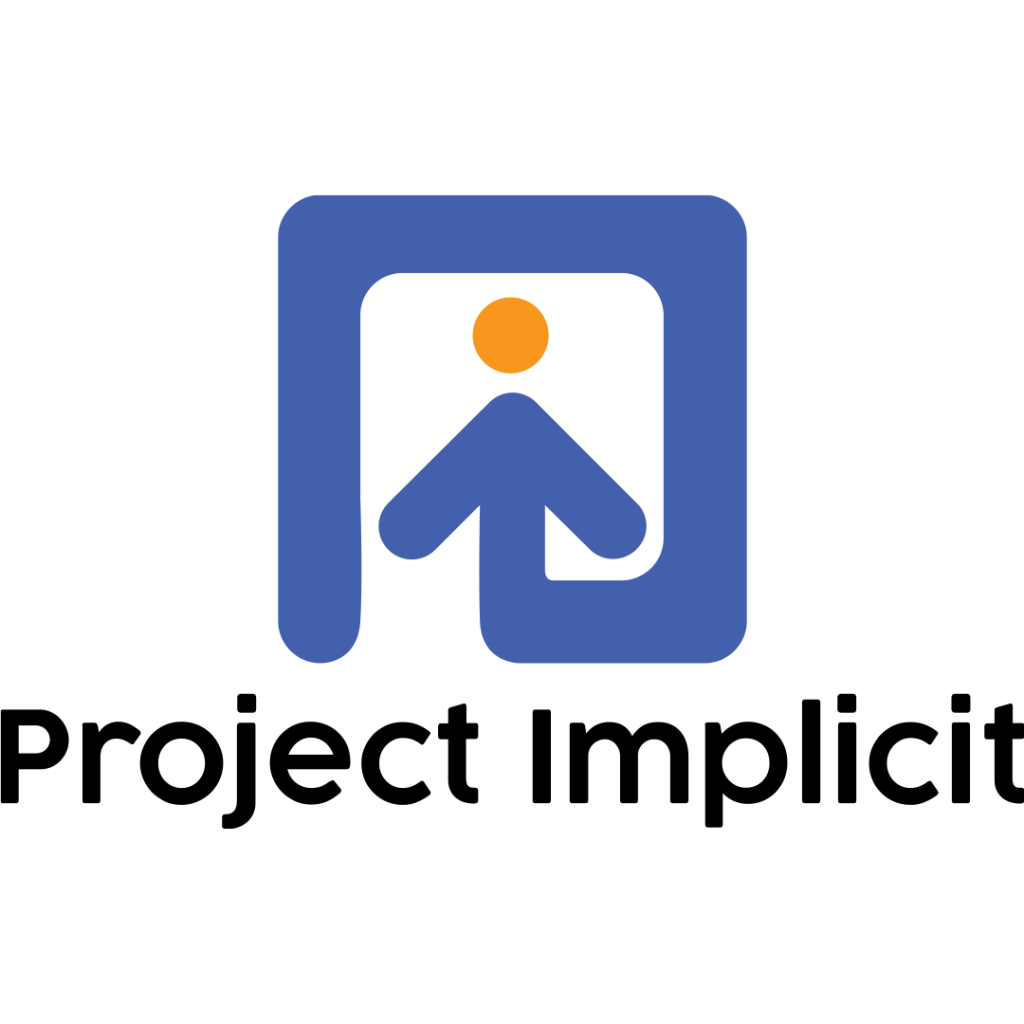
Project Implicit used design thinking to develop an online platform that helps individuals uncover their implicit biases. By combining research, user-centered design, and interactive tools, the project challenged biases and promoted awareness and understanding of implicit biases among users.
Design thinking starts with an understanding of users, placing their needs, desires, and experiences at the forefront
Financial Empowerment App by Commonwealth
Commonwealth, a nonprofit organization, used design thinking to develop a financial empowerment app for low-income individuals.

Through a human-centered design approach, they addressed biases and behavioral norms related to financial literacy and provided tools and resources to empower users to make informed financial decisions.
Redesigning Public Restrooms by PHLUSH
PHLUSH, a sanitation advocacy group, employed design thinking to challenge societal norms around public restrooms.

By engaging various stakeholders and applying user-centered design principles, they developed innovative restroom designs that catered to the needs of diverse user groups, including transgender individuals and people with disabilities.
Grameen Bank in Bangladesh, Founded by Muhammad Yunus
While his efforts definitely predate the formalization of design thinking, the methods Yunus used align perfectly with the tenets of design thinking, such as empathy and user-centeredness, iterative development and experimentation, multidisciplinary collaboration, and a focus on innovation and impact.

Yunus’s efforts alleviated extreme poverty by 16% in borrowers (97% of whom were women), with a 95% repayment rate.
Design thinking by nature encourages cross-disciplinary collaboration, bringing together individuals with different backgrounds, expertise, and perspectives.
These examples demonstrate how the process has been successfully used to overcome biases, challenge norms, and develop innovative solutions that address complex social issues. By leveraging the power of empathy, collaboration, and iteration, it enables practitioners to break free from conventional thinking and create positive and impactful change.
We’ve Seen Design Thinking in Action Ourselves!
In addition to all the evidence we’ve outlined above, we’ve administered tons of design thinking workshops and coaching sessions to several thousand people. We’ve seen it in action across the banking sector, mega construction companies, hospitality facilities, cybersecurity, and governments, in many countries including the UAE, Saudi Arabia, Lebanon, Jordan, Egypt, Tunisia, and Morocco. We ran a workshop and consultations for 61 government officials in the Emirates towards achieving their vision for 2071…
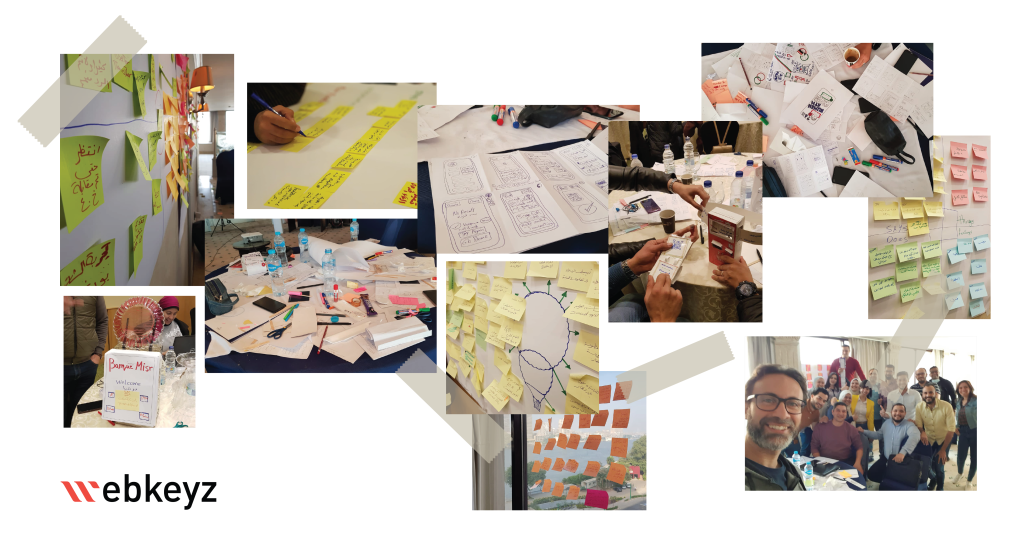
What have we seen?
Design thinking has proven effective in challenging biases and the status quo.
Design thinking absolutely and without a doubt adds immense value to these endeavors.
The problems in these domains are often wicked problems, and the way to capitalize on many of the opportunities presented requires an innovative approach to materialize a powerful solution.
And Finally…
Does design thinking really work? We’ll let you answer that question for yourself. And we’d love to hear from you! Whether you have criticism of design thinking as a discipline, or of our arguments on the topic, or whether you’d like to explore it further, or have your own experience with it… Reach out to us with your thoughts in the form below or through commenting on our socials.
And think up the big ideas!






